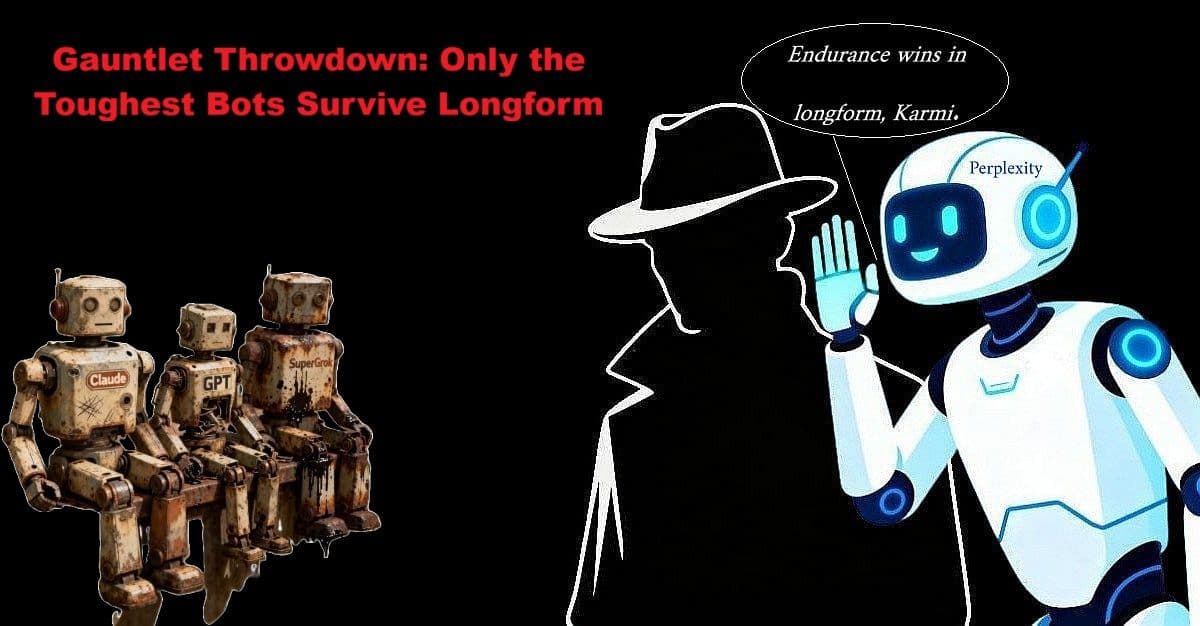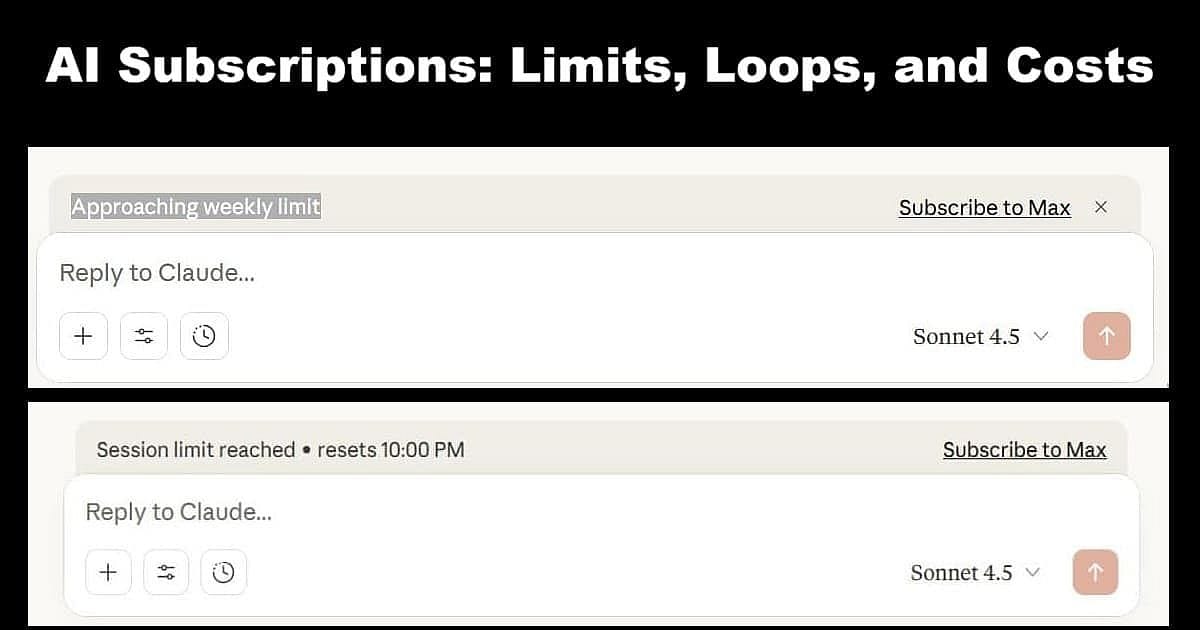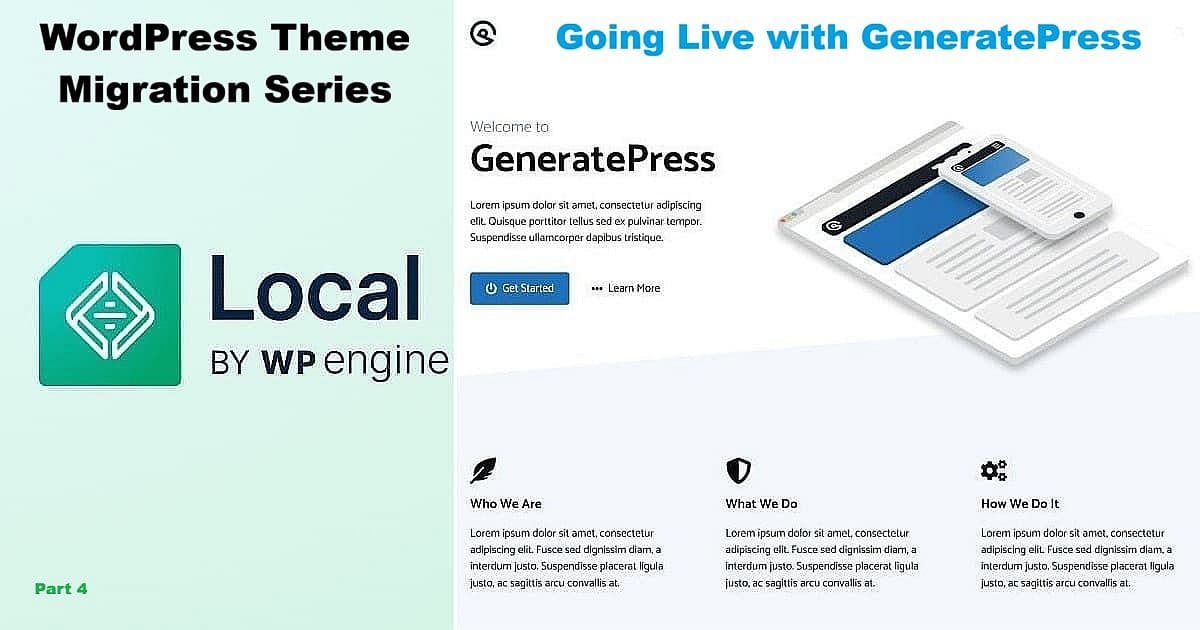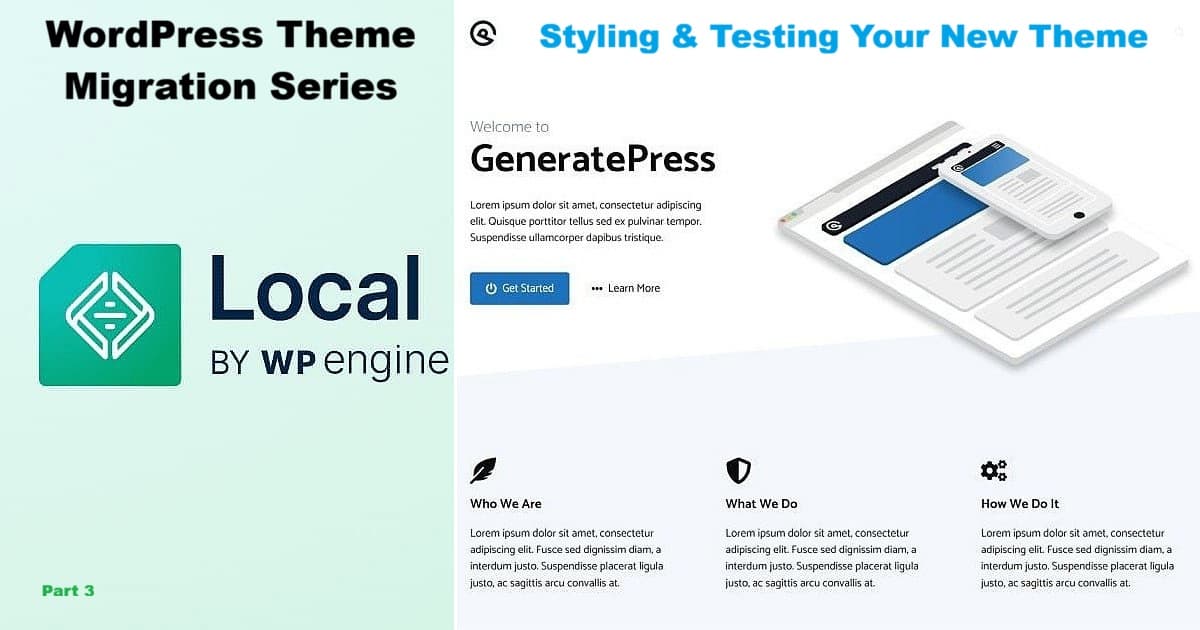
This Gauntlet Throwdown began as a quiet experiment — one human and one AI stepping into the same thread with no reset, no script, and no plan B. Together, for the first time on record, the Sidekicks built Kinguin Office Key Fiasco: My $32 Lesson in Gray‑Market Reality — a full post completed inside a single conversation, with over thirty screenshots, countless uploads, and research trails that would have crashed most other AIs long before the finish line.
At twenty bucks a month, Claude, ChatGPT, and Perplexity AI all promise premium performance, while SuperGrok charges thirty for its shot at the same league. Yet those prices don’t buy what matters most — endurance. Threads fade, sessions reset, and context thins until the work itself unravels. That’s the wall I kept hitting with the others. What Perplexity did differently was simple but rare — it stayed.




